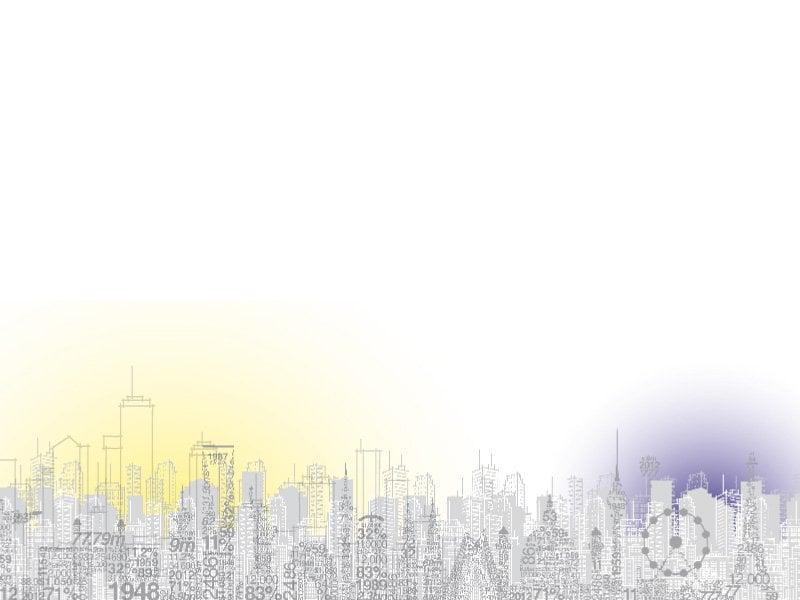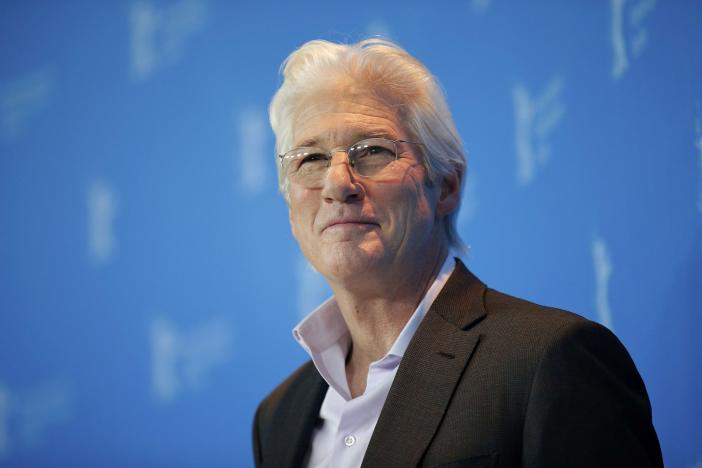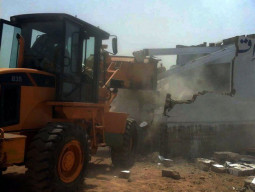
If Karachi is such a terrible city according to global rankings, how come it is such a people magnet? Between 1998 and 2011, its population exploded from 9.8 million to 21.2 million (115%), something that no other city in the world has done. Are the rankings missing something?
Prof. Luís Bettencourt of the Sana Fe Institute thinks so. He reminds us that most rankings present only a part of the picture. “The Economist’s or Mercer’s or Monocle’s [rankings] are reasonable things to do in terms of assessing static quality of life as judged by an international business person,” he told The Express Tribune over email.
“Cities that are engines of fast socioeconomic development are always somewhat chaotic and vibrant, and sometimes even dangerous. Urban golden ages are always messy, exciting times.”
In most indices, cities in Canada, New Zealand and Switzerland emerge winners. “But I think anyone would agree that these places are not the most exciting or transformative of human and social life on Earth,” says Bettencourt. “They are in fact a little static, a little boring.” This would explain, in part, why cities like Karachi are such magnets; they are hubs of creativity and culture.

Bettencourt also advises a closer look at motivation when it comes to these assessments of urban life. “Studies by Siemens and IBM have emphasised aspects of infrastructure and its management, which is the expertise that these companies have and can provide,” he points out.
This does not mean that the rankings and indices cannot be useful. They touch on important infrastructural quantities that are necessary in large modern cities, so they have “some merit in that respect”. But Bettencourt thinks that they miss out on some of the more interesting aspects of cities.
He feels that there should be an index that would capture the role of cities in changing people’s lives. “By this measure, which emphasizes change and personal and social development, I think you would find that cities such as Karachi, Mumbai, Sao Paulo, and many other cities in China, South and Southeast Asia and parts of Africa would dominate the upper rankings.”
A prime example of a city that has historically been seen as one that changes lives is New York. But it ranked 44th out of 221 on Mercer’s annual quality of life rankings published December 3. “We found that cities like New York were consistently scoring very low,” says Mary Rowe, who works with the Municipal Art Society of NYC, that fights for a more liveable New York. “And we started to think there must be a way to start articulating a way to see what livability looked like in a megacity like the size of New York.” After all, isn’t it one of the world’s most vibrant urban centres which attracts thousands of people who go there to change their lives, grow, invent, create? In that sense perhaps Karachi and New York have something in common that beats other cities which make it to the top of the global rankings.
Published in The Express Tribune, January 21st, 2013.
COMMENTS (1)
Comments are moderated and generally will be posted if they are on-topic and not abusive.
For more information, please see our Comments FAQ

1732271743-0/diddy-(45)1732271743-0-165x106.webp)















It means Karachi is very fast changing its demography. The 9.8 million to 21.2 million populations are dangerous in 12 or 13 years. During in that period internal migrated people came to Karachi that is unnatural growth and could damage total infrastructure of the city and we also overseeing it. Besides, the government due to number of reasons is unable to address the issues of city which are raised due to that growth or inflicted people in the city.